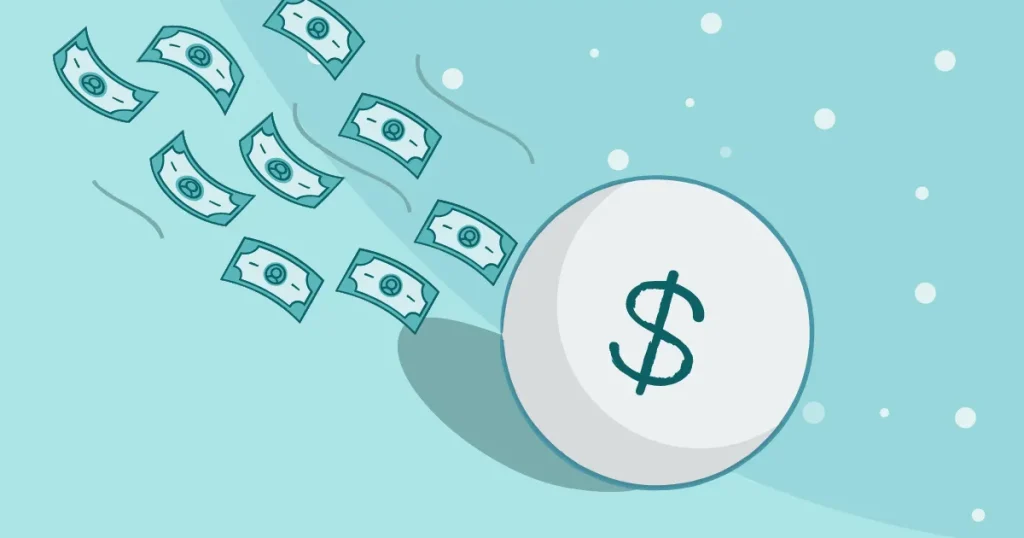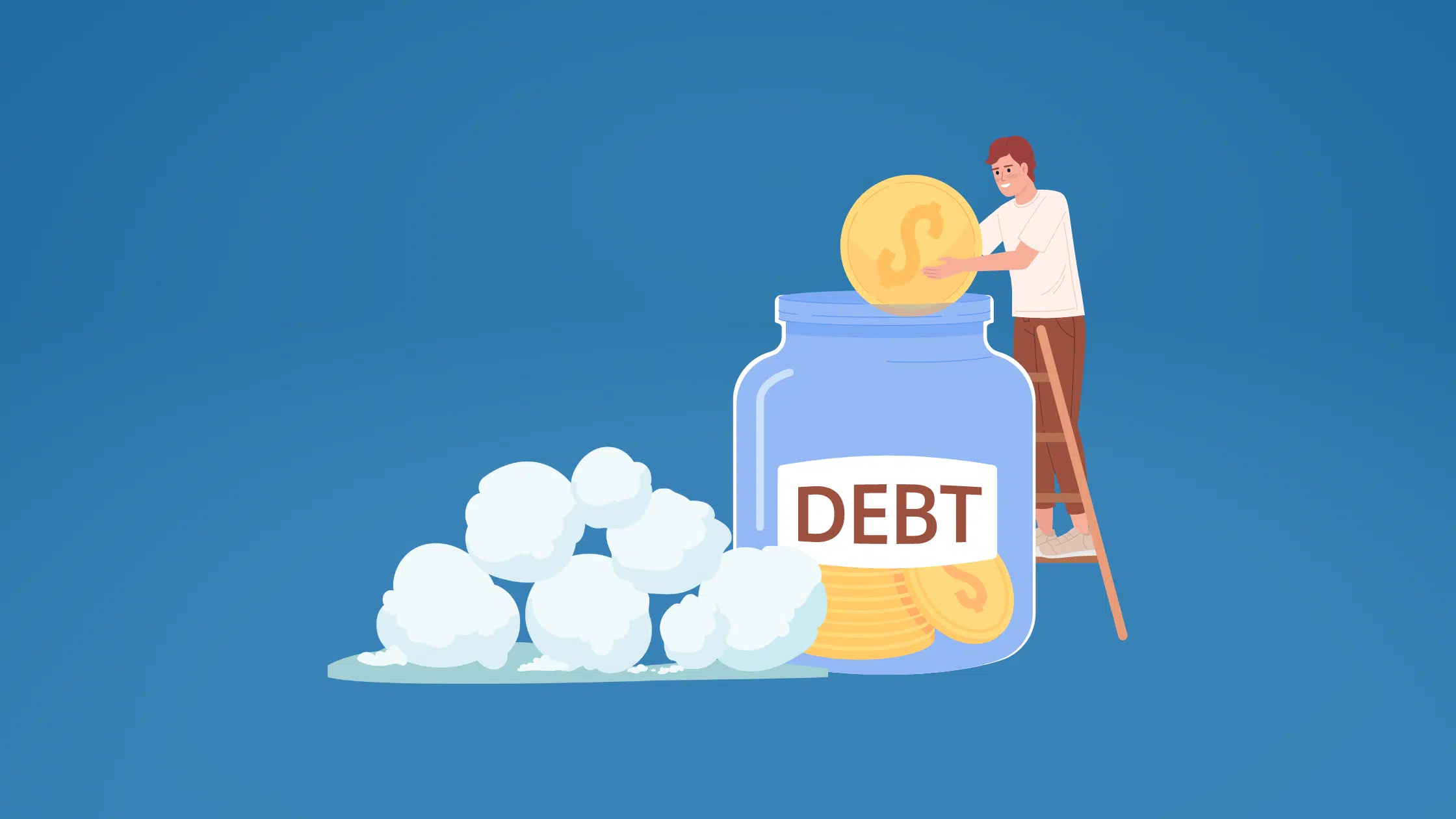In a world where plastic money is the norm, it’s easy to get caught in the trap of growing debts and accumulated fees. Understanding how to avoid the credit card snowball effect is crucial for financial health. This phenomenon occurs when your credit balances continuously grow due to compounding interest, leading to a debt that can spiral out of control. Keeping your finances in check requires discipline, awareness, and the right strategies to fight this mounting avalanche.
Understanding the credit card snowball effect

Before diving into prevention, it’s essential to grasp what exactly the snowball effect entails. When individuals carry a balance on their cards from month to month, they accrue interest on the leftover amount, causing the total debt to grow. This issue escalates when multiple cards are involved, each with different rates, leading to a seemingly unstoppable increase in debt. Various lenders have varied interest policies, but carrying even a small monthly balance can set off the dreaded snowball. Making only minimum payments exacerbates the situation, prolonging debt repayment and inflating the eventual cost.
The role of interest rates in your debt
Interest rates play a pivotal role in how quickly your credit obligations can grow. Often, people are enticed by low introductory rates, which can skyrocket after promotional periods. It is essential to pay attention to these details and understand the terms before taking on new debt. Regular rates can range significantly, and higher rates will accelerate how fast your debt accumulates. Knowing your annual percentage rates (APRs) on each account is a powerful step to prioritize payments. By focusing on paying down higher-rate cards first, you can minimize the impact of compounding.
The impact of minimum payments
Paying only the minimum amount required each month might seem manageable, but it prolongs the life of your debt and increases the total you ultimately pay. Credit card companies often set these low to prolong debt duration, capitalizing on interest. For example, a balance of a few thousand dollars could take decades to pay off with minimum contributions, solely due to interest accumulation. By calculating how long it would take to pay off your debt at this rate, you gain insight into how detrimental this can be for financial freedom. Increasing monthly payments aids in breaking this cycle.
Strategies to prevent the credit card snowball effect
To dodge this financial avalanche, adopting effective strategies is key. Being proactive means taking control before minor problems become major complications. Here are several approaches to consider for maintaining a healthy financial profile and avoiding crises induced by compounding balances. First and foremost, focusing on prudent spending can help reduce the reliance on borrowing and new credit acquisition. Secondly, building an emergency fund serves as a buffer, reducing the need to rely on cards during unexpected expenses. Every little action can lead away from a debt-filled future.
Prioritizing high-interest debts
A practical approach involves focusing extra resources on paying off high-interest debts first. Known as the debt avalanche method, this strategy allocates the most funds to the highest interest rate obligations while making minimum payments on others. This method minimizes the overall amount paid by curbing the fastest-growing debt, saving more in interest in the long-term. Additionally, this method offers significant psychological benefits, providing a sense of progress and control. Although initially challenging, the financial relief this strategy brings is a crucial step towards holistic financial wellness.
Consolidation as a solution
For more complex debt scenarios, consolidation might offer relief from the credit card snowball effect. This involves combining multiple debts into a single loan with a lower interest rate, simplifying payments and reducing overall interest expenses. Balance transfer offers are a typical example, allowing a move of balances to a card with a temporary low rate. However, this requires discipline to avoid incurring new debt or missing payments, as interest rates can climb sharply if terms are not met. Consolidation can be highly effective when used correctly, paving the way for easier debt management.
Maintaining financial health
Prevention is always better than cure. Keeping track of expenses, setting a realistic budget, and regularly reviewing your financial situation are crucial for maintaining financial wellbeing. It’s also beneficial to be informed about financial products and to think critically about the necessity of future purchases. With a focused approach and commitment, you can steer clear of the credit card snowball effect.
Building an emergency fund
Maintaining a rainy day fund means having a financial cushion to cover unexpected costs without borrowing. This should cover basic living expenses for several months, acting as a barrier against relying on credit. When emergencies arise, this fund prevents the need to accrue new debt, preserving your financial integrity. Regular contributions, even small ones, can lead to a substantial fund over time. Prioritizing this buffer equips you to tackle unforeseen situations without fear of sliding into unmanageable debt. This proactive measure serves as a vital component of sound financial planning.




